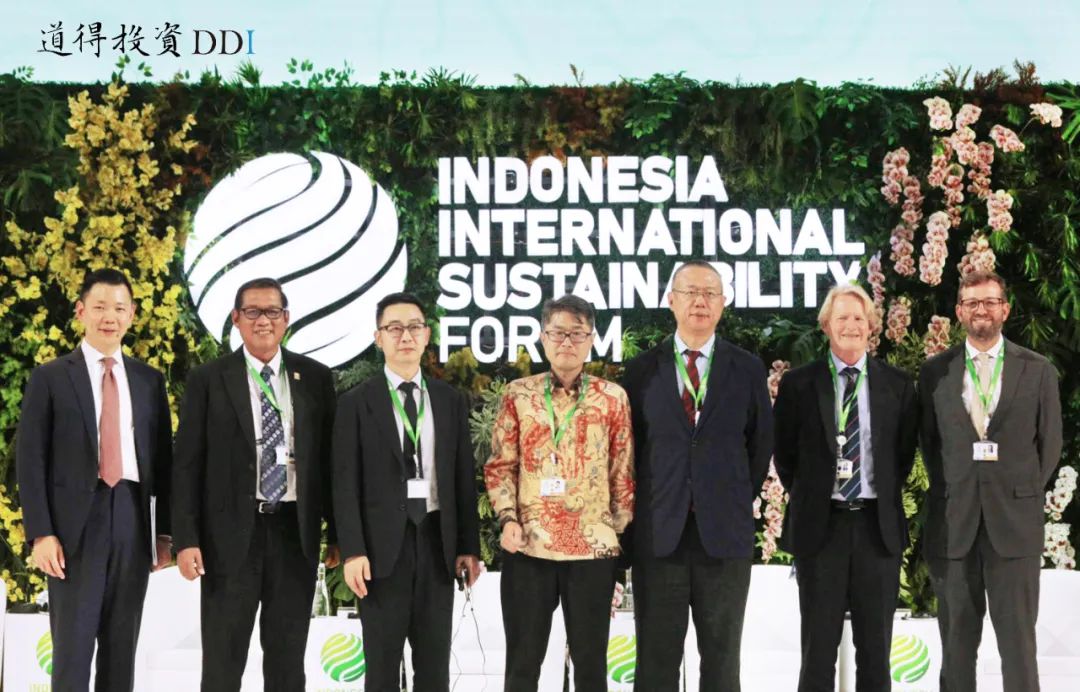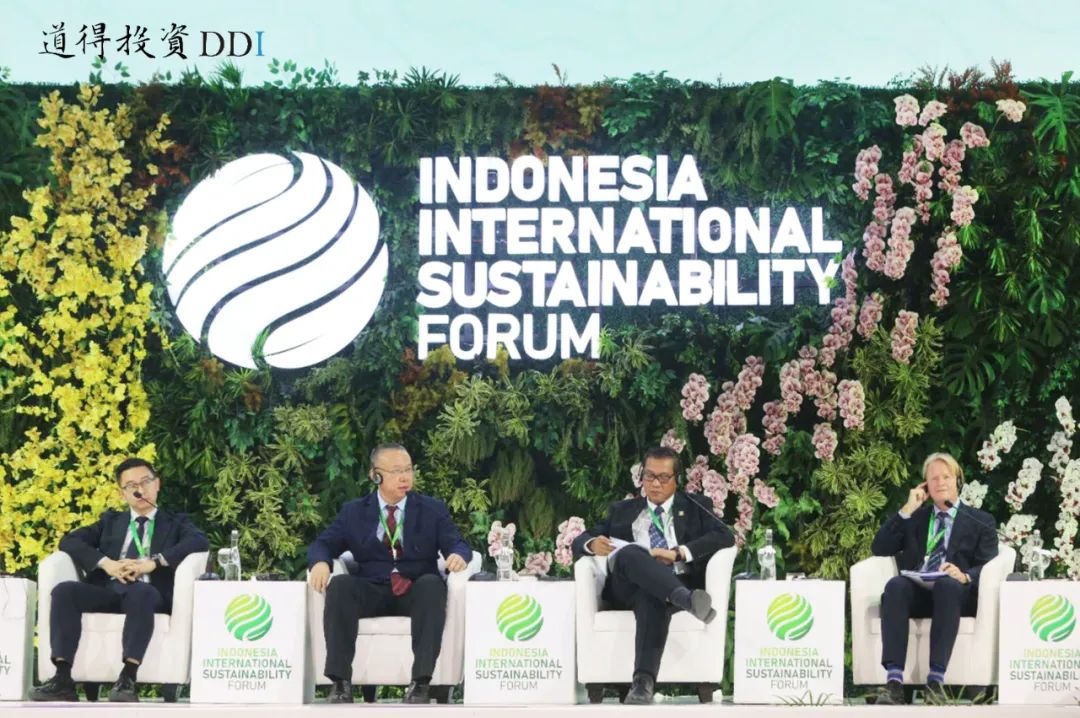From September 5th to 6th, the Indonesia Sustainable Forum, a grand gathering in the field of international sustainable development, kicked off. It brought together top government officials, industry leaders, senior experts, and representatives from all sectors to discuss a green future.
At the opening ceremony, Indonesian President Joko Widodo and Coordinating Minister for Maritime Affairs and Investment Luhut Binsar Pandjaitan delivered key speeches, followed by an insightful address by Pope Francis, the head of the Roman Catholic Church and Vatican City. Wu Fei, Chairman of Daode Investment, was invited to attend and shared his unique insights at the summit. He delved into the essential path for the power industry to achieve zero emissions and explored various challenges and opportunities during the transition with numerous participants.

Photovoltaic Leap: A Decade of Transformation and Market Reshaping
At the forum, Wu Fei offered his unique perspective on the expansion trend of photovoltaic power generation over the past decade. He noted that global module prices have dropped by 95%, and the expansion of photovoltaic power has demonstrated unprecedented momentum. This decade can be divided into two phases: the first, driven by policy subsidies until 2020; the second, market-driven since 2020, coinciding with China's cancellation of subsidy policies. The year 2020 marked the beginning of marketization in the photovoltaic industry, which, coupled with China's "dual carbon" strategy, led to a significant boom in the past four years.
Data visually reflects this trend: global photovoltaic module shipments rose from approximately 100GW in 2019 to about 120GW in 2020, then surged to nearly 170GW in 2021, representing a 50% leap. In 2022, they climbed further to around 240GW, another 50% increase, and reached about 400GW in 2023. According to the latest forecasts, 2024 is expected to hit 592GW, indicating another near 50% growth.
This market transformation has brought not only quantitative leaps but also qualitative improvements. With the market's rapid expansion, the upstream supply chain has experienced cycles of shortage, windfall profits, and large-scale expansion. "Due to the market boom, upstream shortages emerged, especially as the production cycle for silicon materials is 18 to 24 months. This supply-demand imbalance triggered windfall profits in 2022, prompting over 200% capacity expansion in 2023. Thus, 2024 marks the industry's first market-driven reshuffle in over two decades," said Wu Fei. Over the past decade, the photovoltaic industry has evolved from a subsidy-dependent, non-market-oriented sector to a mature, competitive market, completing its infrastructure development.
According to Wu Fei's predictions, after this reshuffle, technology will further advance, and module costs could drop by another 50% in the next decade, significantly driving the industry's continued growth.

Reshaping Cross-border Electricity: A Blue Ocean of Transactions with Risks
Wu Fei also provided insightful views on the role of government policies in renewable energy utilization and the risks associated with cross-border electricity trading. He believes that, given the current situation, such as in photovoltaic applications, the government only needs to set clear goals, and market forces will actively respond and drive their achievement.
Technological advancements, such as innovations in TOPCon, HJT, BC, and future breakthroughs in perovskite technology, are accelerating significant cost reductions in photovoltaic power. "The adoption of photovoltaic power is not only driven by the desire for green and clean energy but also because its economic viability has surpassed traditional thermal power. From an economic perspective, photovoltaic costs will further decrease in the next decade, leading to its widespread application naturally," said Wu Fei, offering new perspectives from both national government and energy investment angles.
From the government's perspective, solutions for infrastructure development, including grid arrangements and cross-border transportation, should be considered. The rapid decline in photovoltaic costs is unstoppable, but power transmission has losses. To support the broad integration and efficient distribution of renewable energy, infrastructure development must be strengthened.
From the energy investor's perspective, two short-term risks should be anticipated and addressed: market adaptability issues arising from the rapid drop in photovoltaic costs and exchange rate fluctuations in long-term planning. Cross-border electricity trading also carries exchange rate risks, as currency appreciation or depreciation over the next twenty years or more will directly impact project returns, a crucial consideration in deepening renewable energy utilization.




